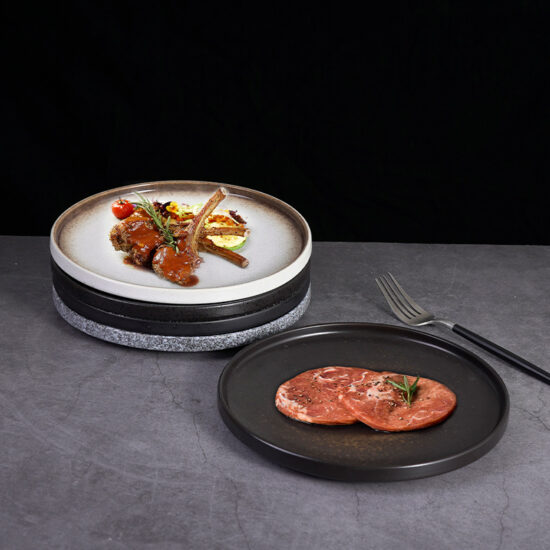bob@nbdho.com
Customization Process and Design Options for Ceramic Plates: A Complete Guide
Customization Process and Design Options for Ceramic Plates
Introduction
In today’s competitive market, customized ceramic plates help businesses and individuals stand out with unique styles, logos, and personalized designs. Whether you are a restaurant owner, retailer, or event planner, understanding the customization process and available design options can help you create ceramic plates that perfectly match your brand and vision.
1. Why Customize Ceramic Plates?
-
Build brand identity with logos and color schemes
-
Create exclusive collections or promotional gifts
-
Tailor design to specific cultural or event themes
-
Enhance customer experience with personalized tableware
Customization adds value and exclusivity that mass-produced plates cannot offer.
2. Overview of the Customization Process
Step 1: Consultation and Design Brief
Discuss your needs, including plate size, shape, colors, and design elements like logos or artwork.
Step 2: Material Selection
Choose between types of ceramic materials—porcelain, stoneware, earthenware—based on durability and aesthetics.
Step 3: Prototype and Sample Approval
A sample plate is produced for your review. This stage ensures color accuracy, print quality, and shape meet expectations.
Step 4: Production
After sample approval, the full batch is manufactured using your custom specifications.
Step 5: Quality Control
Each plate is inspected for defects, glaze uniformity, and durability.
Step 6: Packaging and Delivery
Customized packaging options are available, including branded boxes or protective wraps.
3. Popular Design Options for Ceramic Plates
-
Logo Printing:
Use screen printing, decal transfer, or direct digital printing to add brand logos or artwork. -
Custom Colors and Glazes:
Select from matte, glossy, crackle, or textured glazes to achieve the desired finish. -
Shape and Size Variations:
Round, square, oval, or uniquely shaped plates can be custom made. -
Embossing or Engraving:
Raised or etched designs for a tactile and elegant effect. -
Hand-Painting:
For premium or limited editions, hand-painted designs add exclusivity.
4. Considerations for Successful Customization
-
Minimum order quantities (MOQ) usually apply for custom work—plan accordingly.
-
Lead times vary depending on design complexity and order size.
-
Ensure all designs meet food safety and quality standards.
-
Collaborate with manufacturers who offer full-service support from design to delivery.
5. Benefits of Working with a Professional Manufacturer
Partnering with an experienced ceramic plate manufacturer ensures:
-
Access to advanced printing and glazing technologies
-
Expertise in material selection and production techniques
-
Compliance with international standards (FDA, LFGB, ISO)
-
Options for OEM branding and private labeling
Conclusion
Customizing ceramic plates is an excellent way to differentiate your brand, offer unique products, and enhance customer loyalty. By understanding the customization process and design options, you can confidently create ceramic tableware that fits your business needs.
At [Your Company Name], we provide comprehensive customization services—from concept to delivery—helping you design and produce high-quality, personalized ceramic plates for wholesale, retail, and hospitality industries.

